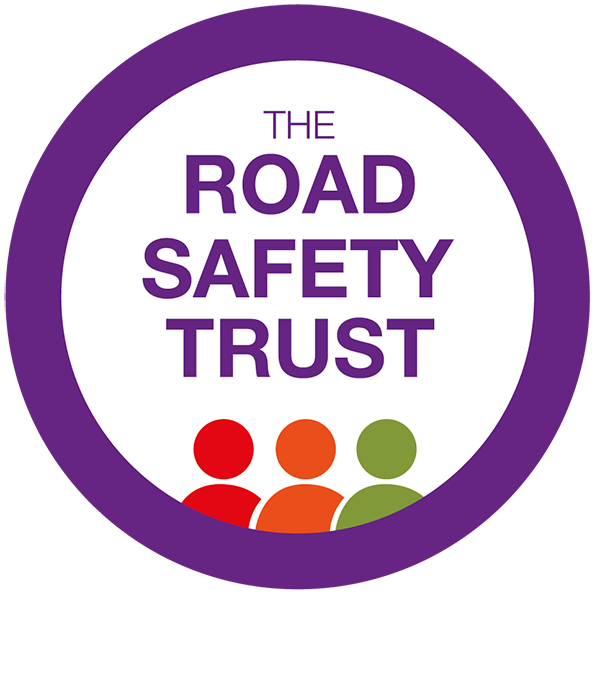School Streets success improving road safety around schools
New research from Sustrans reveals the impact of School Streets on road safety on streets surrounding schools.
The Road Safety Trust, a charity dedicated to making the UK’s roads the safest in the world, commissioned walking and cycling charity, Sustrans, to investigate whether School Streets cause traffic displacement and have any knock-on effects on road safety on streets surrounding schools.
School Streets are roads open to people walking and cycling but restrict access for motor vehicles at the start and end of the school day.
Sustrans partnered with Birmingham City Council, who were delivering their ‘Car Free School Street’ programme of School Street schemes. Birmingham currently has 17 ‘Car Free School Streets’ across the city.
The two schools monitored were Hillstone Primary School and Somerville Primary School, with a review of traffic speed and volume; illegal or hazardous parking and driving behaviour; and traffic interactions, whilst surveys with local residents and interviews with council officers and school staff were conducted to assess perceptions of safety.
In addition, Sustrans has developed best practice guidance on School Streets for practitioners.
The research revealed that the School Streets led to overall drops in traffic volume. Traffic around the Hillstone School saw an 8% reduction seven months after the start of the scheme.
This project follows a survey on school streets commissioned by Sustrans in 2019, which found nearly two-thirds (63%) of UK teachers would support car-free roads outside schools during drop-off and pickup times. During Sustrans School Streets as part of the Big Pedal 2019, a survey found that 90% of parents and residents would support a street closure regularly outside the school.
This new evidence builds on broader existing research gathered in the project’s literature review, which has found that across School Streets schemes, there has been no significant traffic displacement to surrounding streets. The schemes also have not created road safety risks that cannot be adequately mitigated by measures such as Park & Stride routes.
Rachel Toms, Director of Urbanism for Sustrans, said:
“It's hugely encouraging to see how the School Streets monitored in Birmingham have reduced traffic and made it feel safer for residents at the start and end of the school day. The support found in this survey matches what we hear from parents and residents around the School Streets schemes we set up all over the country. With the number of School Streets growing every month, as part of wider efforts to make the school run healthier, cheaper and less polluting, communities across the UK can look forward to feeling safer around their schools.”
Cllr Liz Clements, cabinet member for transport at Birmingham City Council, said:
“The continued expansion of car-free school streets across Birmingham is wonderful to see and is particularly beneficial to children and it is great to see this initial research is showing a positive, sustained impact.
“We want people to feel safer and healthier during school drop-off and pick-up times and encourage more children and their parents to walk and cycle to school when possible. It also has a real impact on our environment, with fewer emissions meaning cleaner air.”
The Road Safety Trust is the largest independent road safety grant-giver in the UK and funds vital research and practical interventions committed to reducing the number of people killed or injured on UK roads. Since it was established in 2014, The Road Safety Trust has awarded grants worth £5.5m to 72 different projects.
Sally Lines, Chief Executive of Road Safety Trust said:
“Road safety around schools is essential to keep vulnerable road users safe. Schools Streets is a great initiative, and this research examined the impact that this can have on surrounding roads. The research conducted by Sustrans provides vital advice and support for practitioners to implement in their own local authorities to improve the safety of the roads around schools.”
To view the Technical report and Practitioners’ Guide, which includes advice and information for local authorities to implement their own School Streets, visit the project page here

